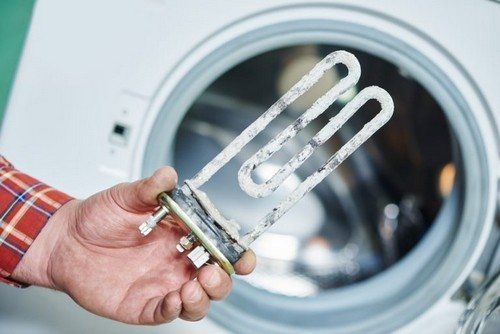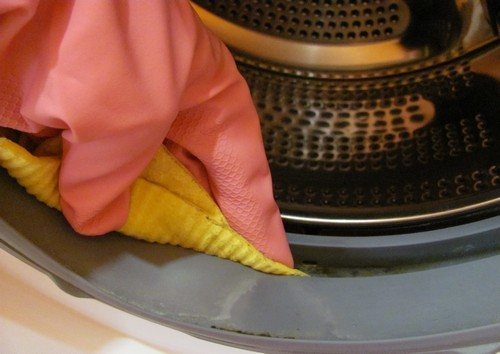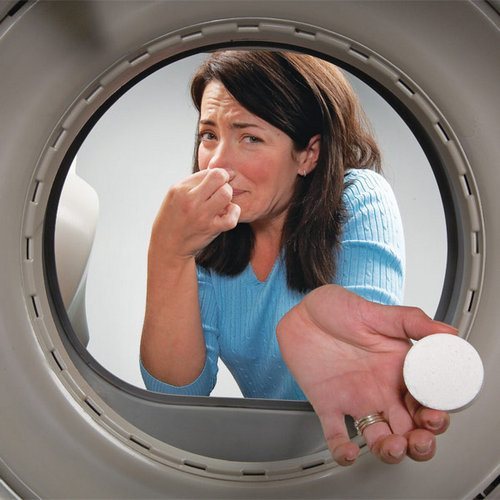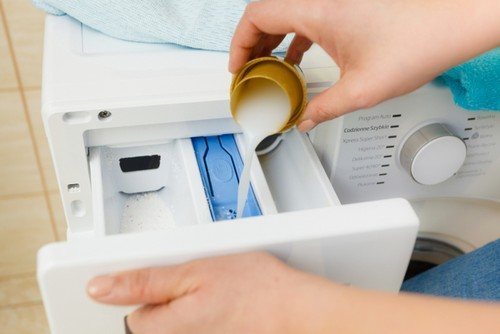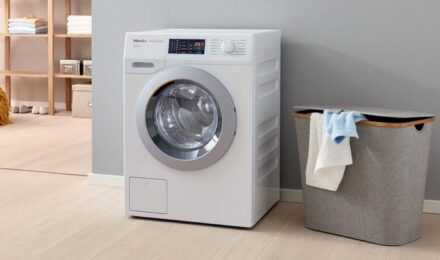Among the large assortment of modern washing machines, choosing the best option in terms of price-functionality ratio can be difficult. What important automatic washing parameters should you know about? And what functions and modes of washing machines should you pay attention to?
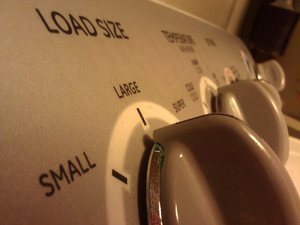
Basic rules for washing in an automatic machine
Operating modern washing machines is easy, but improper operation of the device can quickly damage it.
So, what you need to remember when washing things in an automatic machine:
- do not overload the drum: in this case, there is a high probability of damage to the device and deterioration in the quality of washing;
- use only products intended for automatic washing;
- Sort your laundry by color and fabric before washing in the machine;
- choose the appropriate washing mode for specific items;
- do not forget to remove everything from your pockets before washing;
- pour washing powder into a special compartment for it; Place liquid detergents and water-soluble capsules directly into the drum;
- Periodically clean the filter on the drain and the powder compartment.
Basic washing modes and additional ones
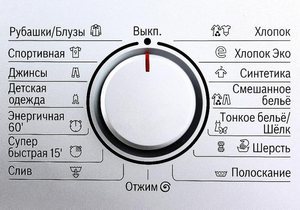 All washing processes in modern models of washing machines are programmed for specific conditions: temperature, cycle duration, number of revolutions, spin intensity, etc. These programs are called basic washing modes.In addition to them, most new generation washing machines provide additional options that allow the user to adjust the washing process and get the best result.
All washing processes in modern models of washing machines are programmed for specific conditions: temperature, cycle duration, number of revolutions, spin intensity, etc. These programs are called basic washing modes.In addition to them, most new generation washing machines provide additional options that allow the user to adjust the washing process and get the best result.
The number of main modes in each model may vary. The basic package usually includes:
- washing cotton or linen products;
- delicate mode for thin fabrics;
- program for washing woolen and silk items;
- mode for synthetic and dyed fabrics;
- manual mode;
- a reduced or economical daily washing program.
Additional options make it possible to deal with any type of dirt, prevent wrinkles, and additionally rinse laundry if necessary. The more additional modes a washing machine has, the more expensive it is. The most popular of them:
- “Extra rinse” (“super rinse”, “more water”, etc.);
- "Soak";
- "Stain removal";
- "Intensive wash";
- “Easy ironing”, “Ironing”;
- “Spin at intervals”, “Anti-crease”, “Anti-crease”.
In addition to such additional modes, modern models also have full-fledged “smart” or intelligent complexes, for example:
- ALC system is a program that independently controls the consumption of water and electricity depending on the load of the drum and the type of laundry;
- Aqua Sensor - the program analyzes the transparency of the water and either increases the rinsing time or reduces it;
- Leak protection, etc.
Washing, spinning and energy consumption classes
In world practice, the energy consumption class is usually denoted in Latin capital letters. Today there are 8 of them.
The number corresponding to each class means how many kilowatts of electricity are consumed in this model when washing 1 kg of cotton fabric at a temperature of 60 degrees.
The correspondence table for electricity consumption parameters is as follows:
- A+ - up to 0.17 kW/hour;
- A - up to 0.19 kW/hour;
- B - up to 0.23 kW/hour;
- C - up to 0.27 kW/hour;
- D - up to 0.31 kW/hour;
- E - up to 0.35 kW/hour;
- F - up to 0.39 kW/hour;
- G - more than 0.39 kW/hour.
The spin class determines how dry the laundry will be after the end of the washing cycle. This indicator is calculated as follows: the weight of the laundry after washing is divided by its weight before immersion in the machine drum and the final number is converted into a percentage. The classification for this parameter looks like this:
- A - up to 45%;
- B - up to 54%;
- C - up to 63%;
- D - up to 72%;
- E - up to 81%;
- F - up to 90%;
- G - more than 90%
Washing classes are also designated by letters of the Latin alphabet. This indicator is calculated by comparing the final washing result in a given model with a reference sample. The classification is as follows:
- A - 1.03 or more;
- B - up to 1;
- C - up to 0.97;
- D - up to 0.94;
- E - up to 0.91;
- F - up to 0.88;
- G - less than 0.88.
These parameters are important data for analyzing the efficiency of a washing machine.
Selecting the appropriate mode for different types of fabric
The correct choice of mode for washing a specific type of fabric makes it possible to ultimately obtain a good washing result, rationally use electricity and water, protect the fabric from damage and maintain its original appearance.
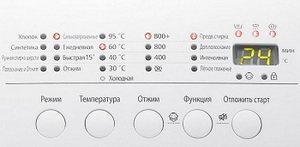 The main modes in most modern models involve automatic settings for washing cotton and linen, synthetics, wool, children's clothing, delicate fabrics, and items with down.In these universal programs, the temperature is set at the optimal level for washing a given fabric, for example, for colored cotton it is 40C, white - 95C, synthetics are easily cleaned of dirt, so 30C is enough for it, for wool a temperature of up to 30C is also recommended.
The main modes in most modern models involve automatic settings for washing cotton and linen, synthetics, wool, children's clothing, delicate fabrics, and items with down.In these universal programs, the temperature is set at the optimal level for washing a given fabric, for example, for colored cotton it is 40C, white - 95C, synthetics are easily cleaned of dirt, so 30C is enough for it, for wool a temperature of up to 30C is also recommended.
The number of machine revolutions for each type of fabric should also be taken into account when setting program parameters in manual mode: for cotton - no more than 1400, silk - 400, jeans - 800, synthetics - 600, wool - 1200.
Due to the fact that each fabric requires different settings for washing, mixing items from different materials in the same cycle is not recommended.
What do the icons on the washing machine mean?
Common graphic signs that can often be found on the body of washing machines:
- chemical flask - synthetic;
- tree or its crown - cotton;
- spool of thread - wool;
- basin and hand - hand wash;
- basin and two vertical stripes - normal wash;
- basin and one vertical strip - pre-wash;
- basin and two wavy lines - enhanced washing;
- basin with the abbreviation R - shortened, quick wash;
- basin and arrow - drain;
- feather - delicate washing mode;
- snowflake - wash at low water temperature;
- clock - delayed start;
- snail (shell) - spin;
- watering can with water - rinse mode;
- sun - drying program;
- iron - ironing.
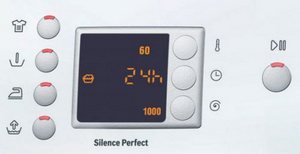 A competent choice of a modern washing machine model will allow you to purchase the most optimal option, not overpay for unnecessary additional modes or options, and also buy a truly economical and high-quality device.
A competent choice of a modern washing machine model will allow you to purchase the most optimal option, not overpay for unnecessary additional modes or options, and also buy a truly economical and high-quality device.



